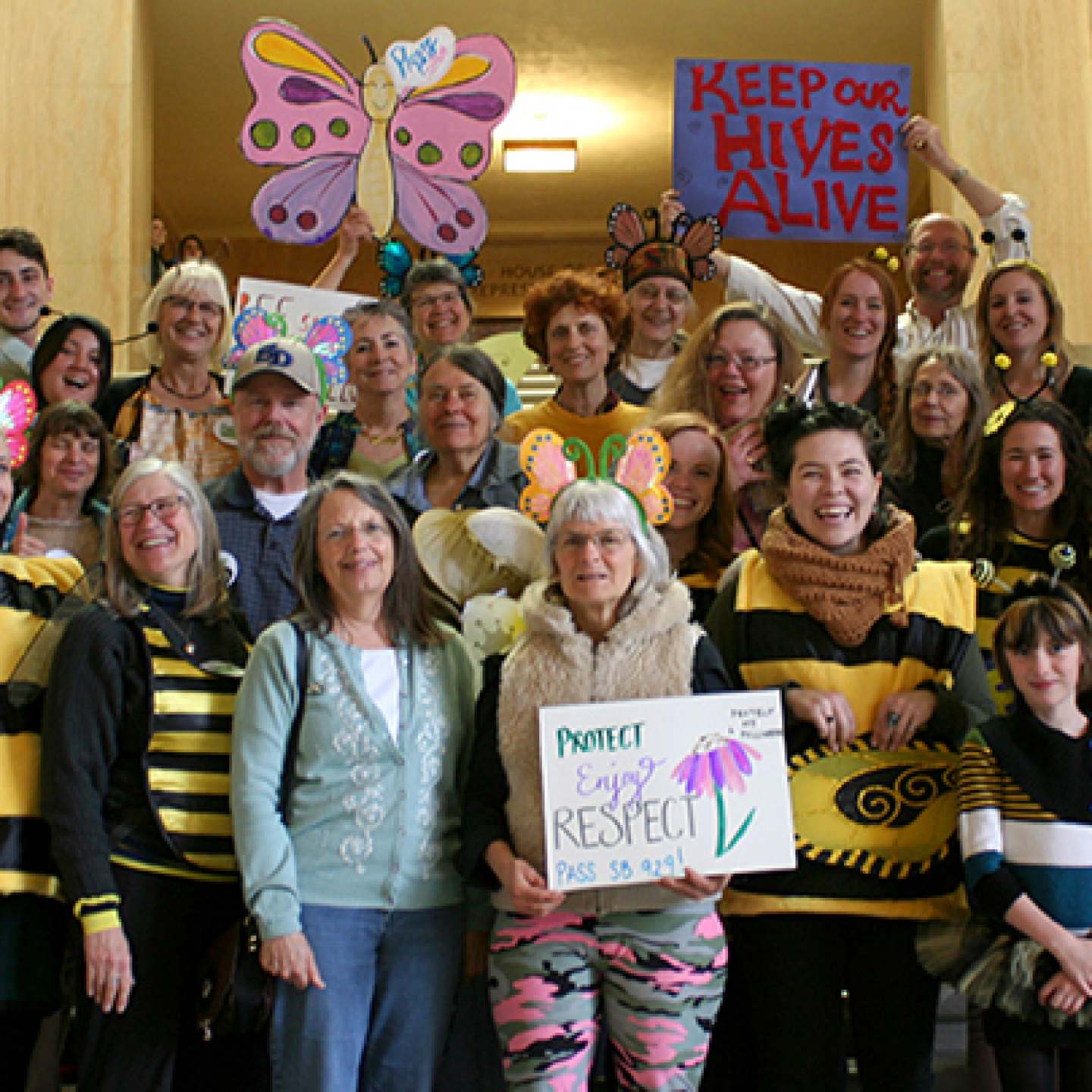By now, the whole world knows that seven documented bumble bee kill incidents happened in Oregon during 2013-2014. These bee…
Bee City Eugene - what's next?
By becoming a Bee City, The City of Eugene has formally acknowledged the importance of pollinators to healthy ecosystems and…
Counting on pollinators to return
While working alongside other local naturalists and bee-enthusiasts at the 2nd Annual Bee Count, I was thrilled to discover that…
Protect Oregon's bees and have a good time doing it!
Important action is being taken across our state to protect honey bees. However, the public is less aware of the…
Get on down for da’ bees!
Getting down for bees with jazz music, wine and food has everything to do with being a bee protector! We…
Why You And I Are Thrilled to Protect Oregon’s People, Pollinators and Places – Again!
I’m writing this from the bedside of my childhood friend who grew up on the same street as I. Ten…
Crow Feather Farm
Beyond Toxics is publicizing local gardens friendly to our increasingly fragile population of pollinators. In this blog we visit Jessica…
The Bee, the Puppy and You!
This week national environmental leaders in bee protection, including Beyond Toxics, signed on to letters sent to Ace and True…








